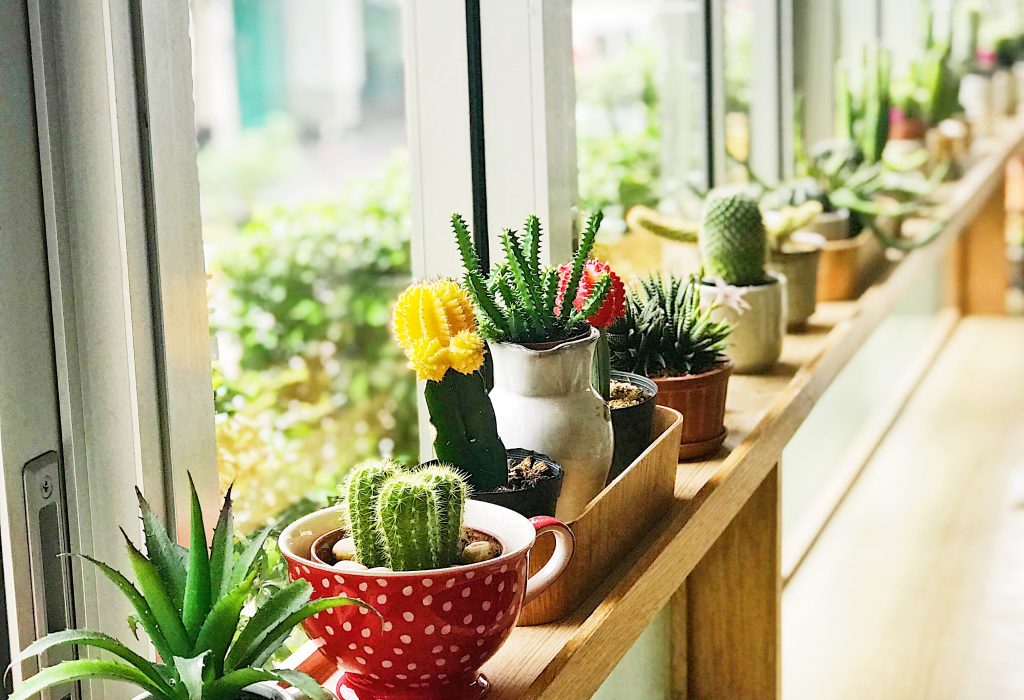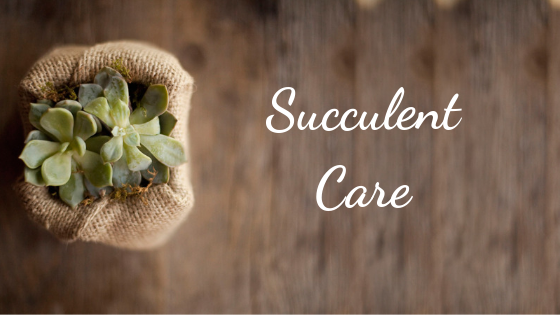
Succulents are very beautiful and include a wide variety of species and therefore come in a variety of colors, shapes, and texture. Succulents are highly unusual plants that require little care.
But little care is not the same as none at all. You need to water them to keep them healthy. Everyone says how easy it is to care for succulents. But then why do so many succulent plants die?
Caring for succulent truly is easy – you just need a little information.
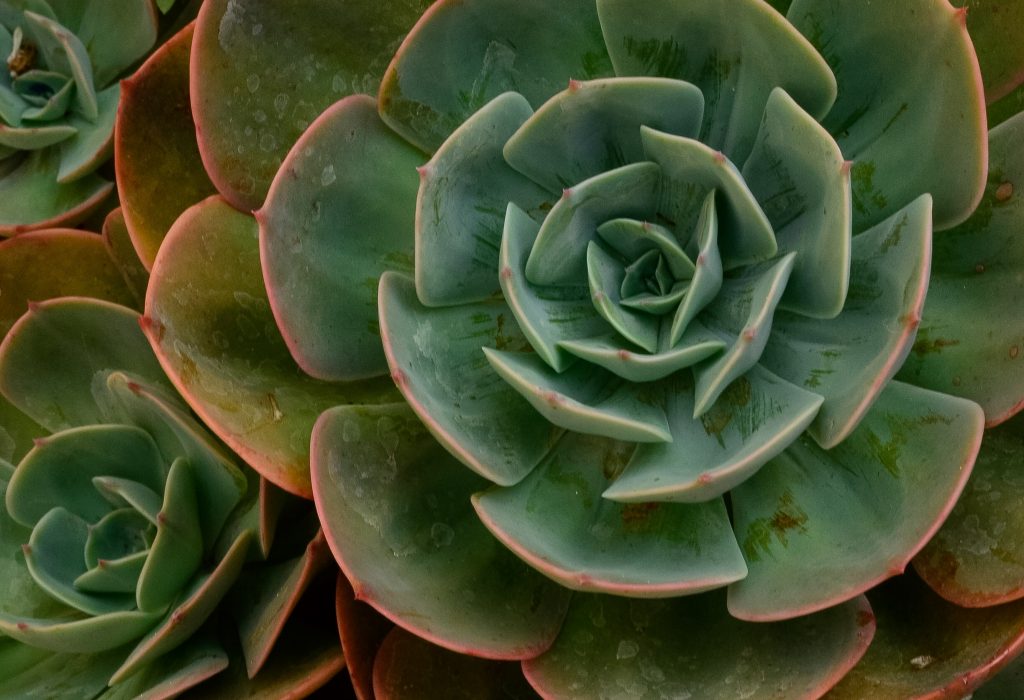
Succulents store extra water in their leaves, stems or roots and tend to thrive in dry climates instead of humidity. They do need water to survive, they can endure extended periods of drought, relying on the stored water and nutrients in their leaves. If their roots are sitting in water for too long they will start to rot and die.
Most succulents prefer warm temperatures and are not able to withstand freezing. Extremes in temperature as well as lack of water or sunlight can often result in a color change for succulents. It is FAR better to leave your succulents too dry rather than too wet. They have adapted to survive overly dry conditions.
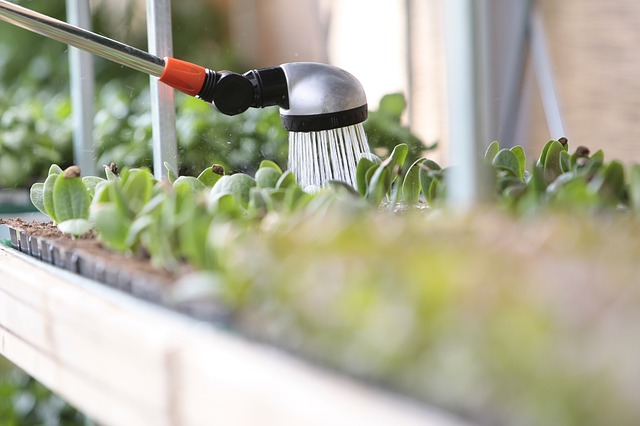
Better dry than wet does not mean “never water” your succulent plants. Water is essential for the plant’s health, just like any other. Wrinkled leaves indicate the succulent needs more water. As those water balloon-like cells release their stored moisture to the rest of the plant, they try to bring in more water to replace what they have lost. When they cannot get more water, and the plant continues to rely on the stores being depleted, the cells contract to smaller size, the “balloon” deflates, leaving the once plump and firm leaves collapsing and shriveling. This is a clear sign that your succulent needs more water.
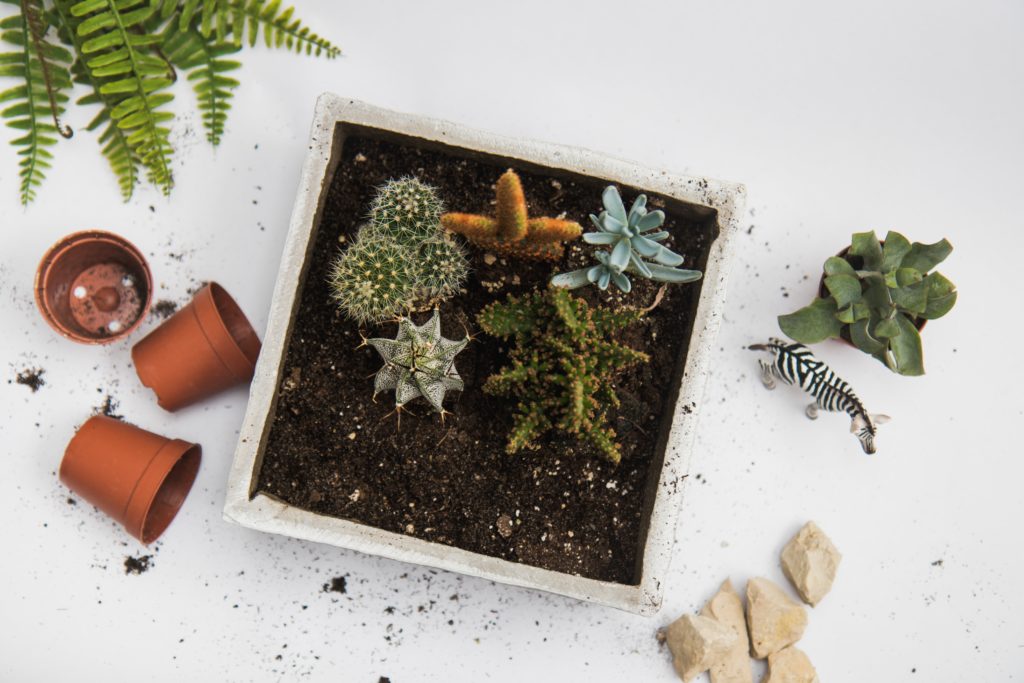
No discussion of how to water your succulents is complete without discussion of the right soil. Succulents need a soil that will provide fast draining for water. Not well-drained soil like most garden plants, but fast draining. It will have large sized aggregates that allow oxygen to get to the roots.
There are many succulent potting mixes available in the market, or you can make your own. The key is to have fast drainage so the plant never sits in waterlogged soil. A good test is to take a handful of the mix you want to use for your succulents. Wet the mix, and squeeze it together. It should not form a clump, but crumble away. If it crumbles, you are ready to plant your succulents!
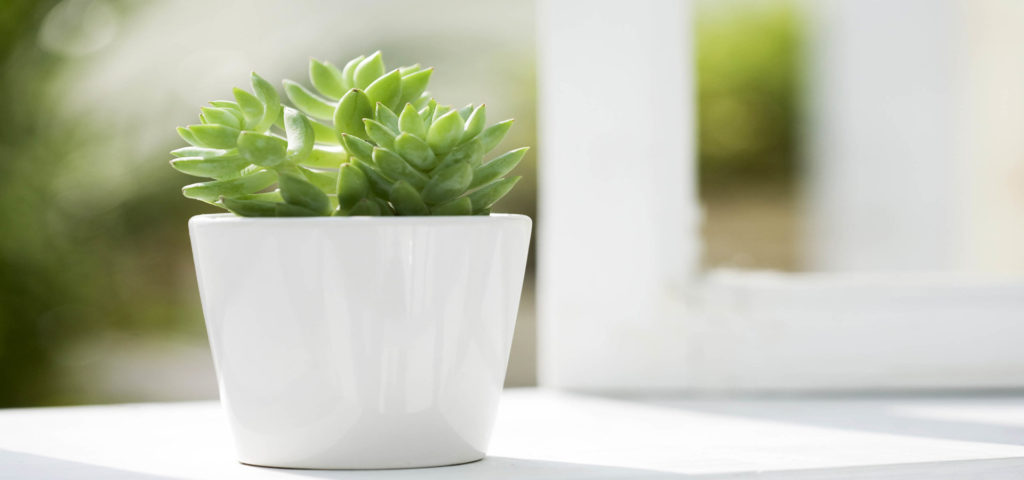
To promote healthy roots and to work with the plant’s natural design, water deeply and then give the soil time to dry out. This is the key to watering your succulents – fewer, deeper watering. When the soil is dry, water deeply. If the succulent is in a container with good drainage, set the container in a tray of water, and let the soil wick up the water for about five minutes. Then remove the pot from the water and let it drain. Do not water again until the soil is dry. If the succulent is in the ground or in a container too large to move, water at the soil line, rather than from over head. Be sure not to let the succulent sit in waterlogged soil.
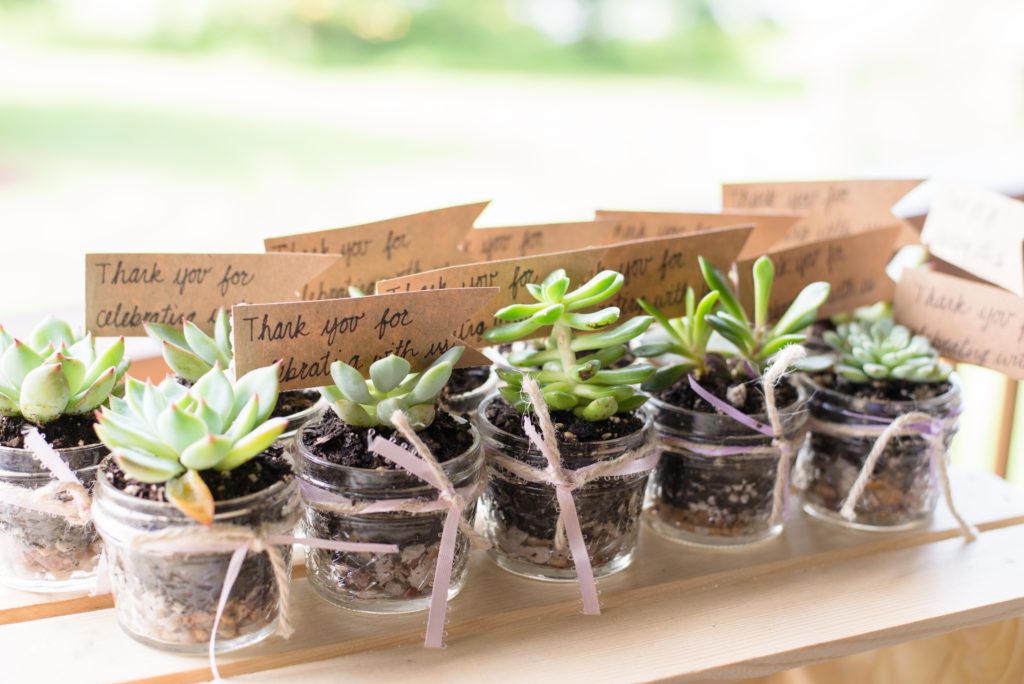
One of the amazing qualities of succulents is their ability to propagate easily. While some species propagate more easily than others, many can grow new plants from a leaf that has fallen off the plant. Some put of new pups as they get larger.
